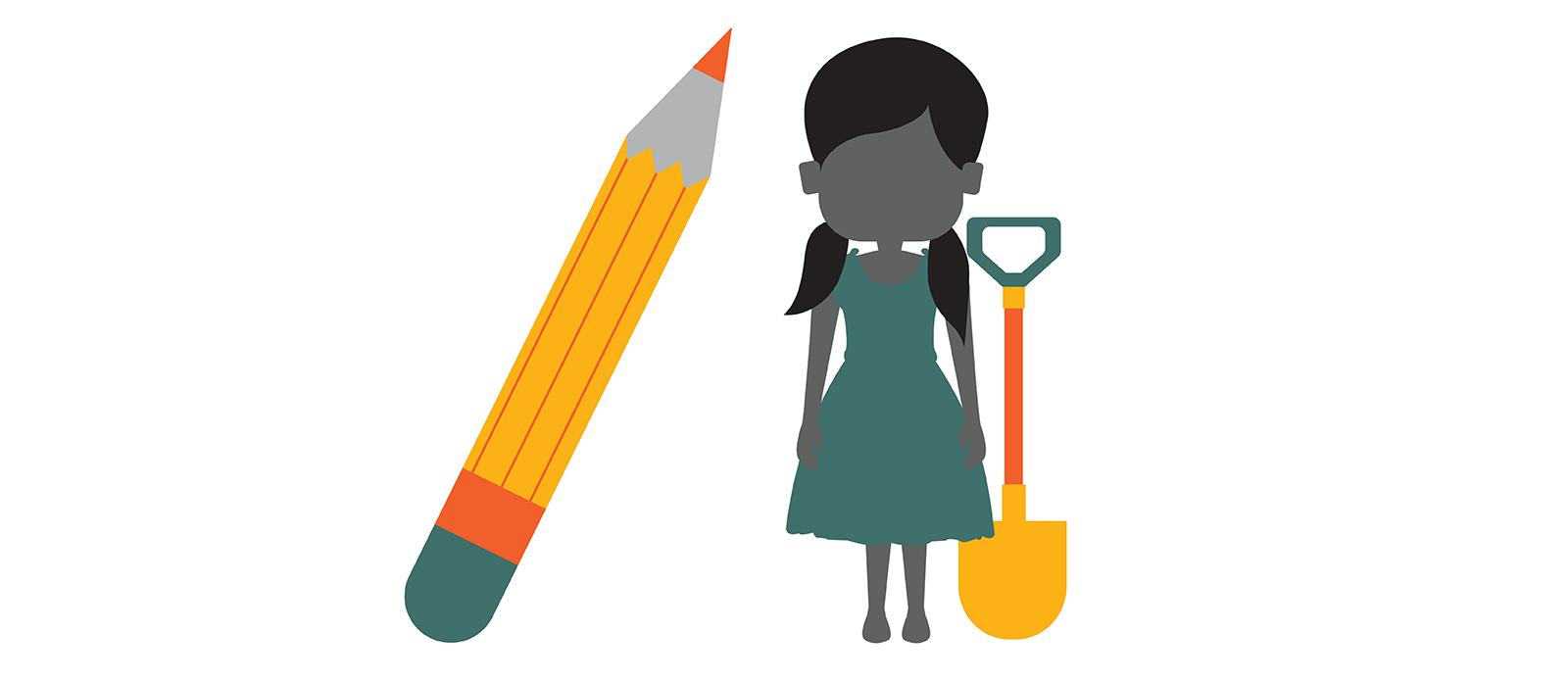Child labour remains one of the most pressing challenges in India, where millions of children, especially girls, are trapped in exploitative and hazardous conditions. Despite progress in legislation and efforts to eradicate this practice, child labour continues to persist, fueled by poverty, gender inequality, and social norms that prioritize economic survival over children’s rights. In India, girls face a unique set of challenges in the fight against child labour, often enduring more exploitation as both children and as females in a patriarchal society.
The Prevalence of Child Labour in India
According to the 2011 Census, over 10 million children in India are engaged in child labour, with girls constituting a significant proportion of this number. Child labour in India predominantly affects children in rural areas, where families rely on agriculture and informal labor to survive. Girls are often expected to contribute to household chores and family income, even at the expense of their health, education, and well-being. Whether in fields, factories, homes, or mines, girls are disproportionately burdened by work that denies them the opportunity to attend school and develop into empowered young women.
The Gendered Nature of Child Labour
While child labour impacts both boys and girls, the experiences of girls are distinctly different. Girls are more likely to be involved in domestic work, often under abusive conditions. In urban areas, many girls work as domestic servants, performing household chores such as cooking, cleaning, and taking care of younger siblings for little or no pay. These girls live in oppressive conditions, with limited access to education or social support, and are frequently subjected to emotional, physical, and even sexual abuse.
In rural India, girls often work alongside their families in agriculture, facing physically strenuous tasks like sowing, harvesting, and tending to livestock. This work is not only hazardous but also prevents them from receiving an education. For these girls, the cycle of poverty is reinforced—without education, they have limited opportunities to improve their futures.
Moreover, girls involved in child labour are at greater risk of early marriage and teenage pregnancy, further locking them into a cycle of disadvantage. The combination of child labour and gender-based violence compounds the challenges they face, leading to lifelong consequences for their physical and emotional health.
The Root Causes
The persistence of child labour, particularly for girls, is tied to multiple socio-economic factors including poverty, gender discrimination, lack of access to education, and cultural norms.
The Consequences for Girls
The consequences of child labour for girls are severe and far-reaching. These girls are deprived of their childhoods and denied the chance to grow into confident, educated young women. Child labour not only damages their physical health, leading to fatigue, malnutrition, and long-term injuries, but it also harms their mental health. Many girls experience emotional trauma, including feelings of isolation, low self-esteem, and the effects of abuse.
Moreover, the lack of education limits their future opportunities. Girls involved in child labour are far less likely to escape poverty or access better job opportunities in adulthood. They are more likely to marry early, have children young, and perpetuate the cycle of poverty and gender inequality.





